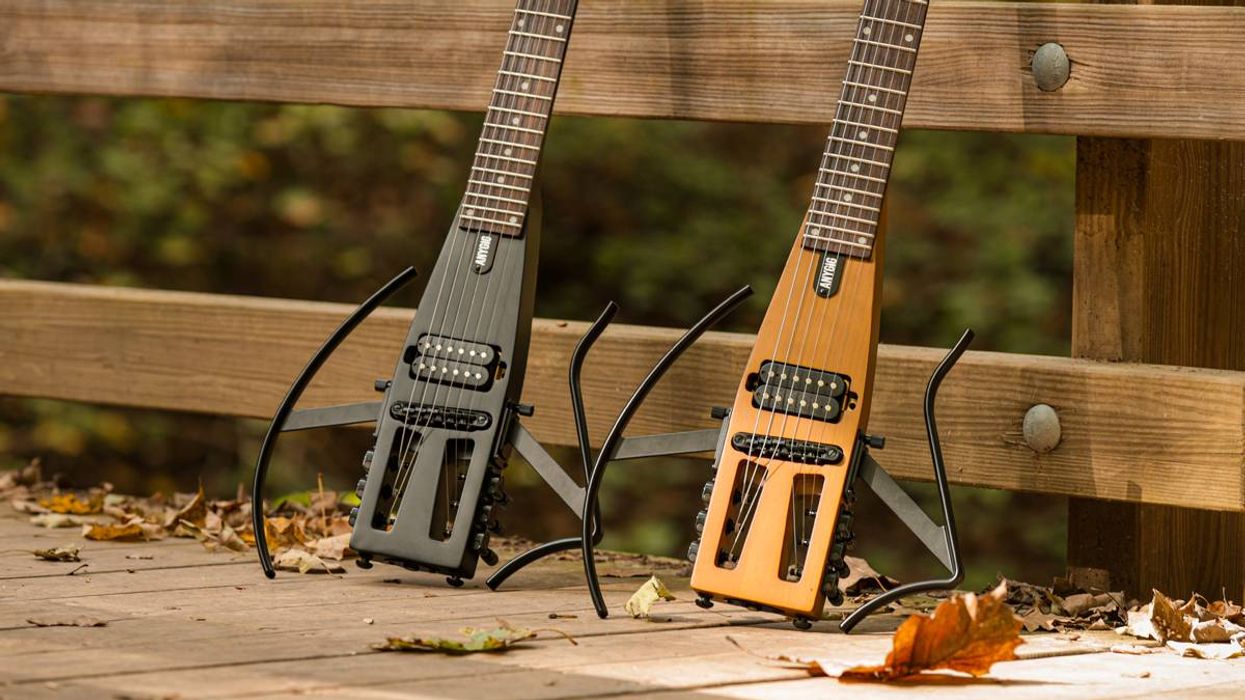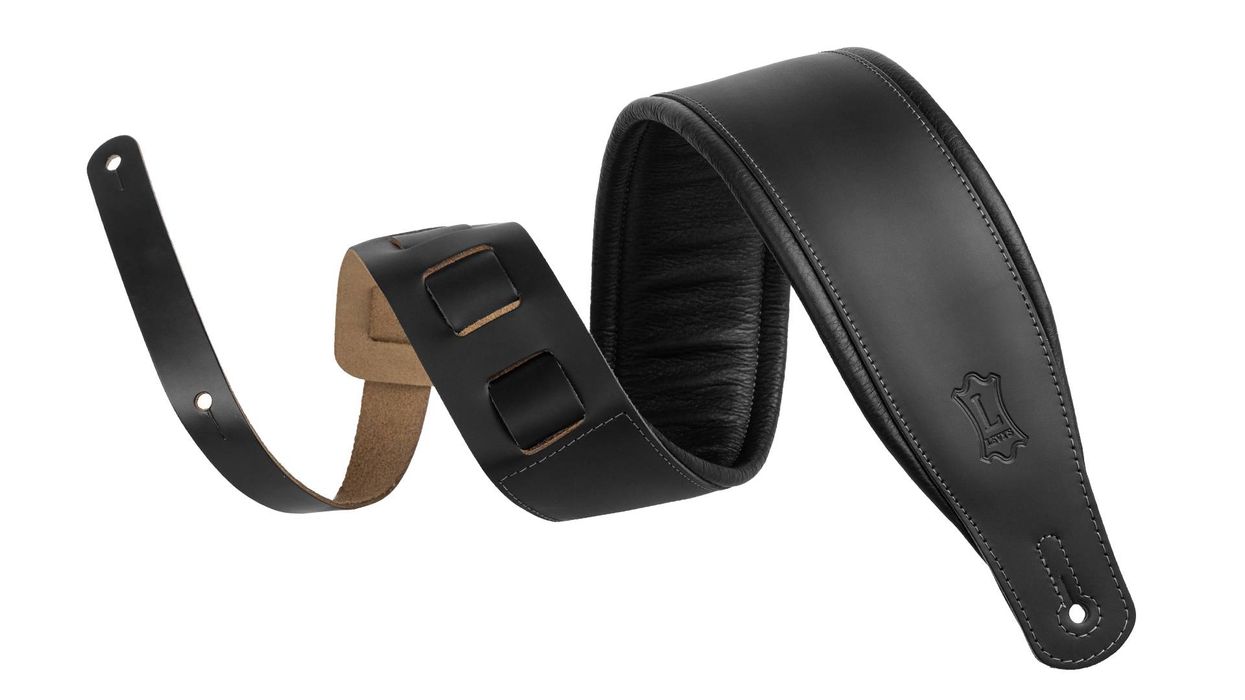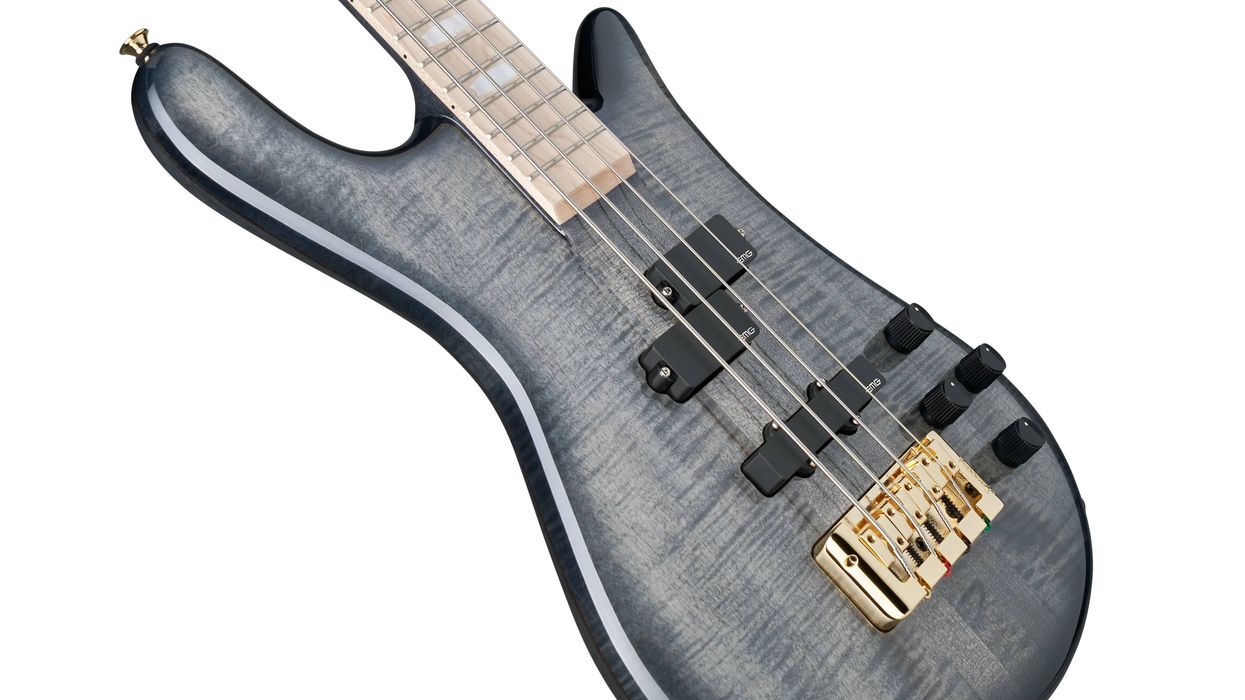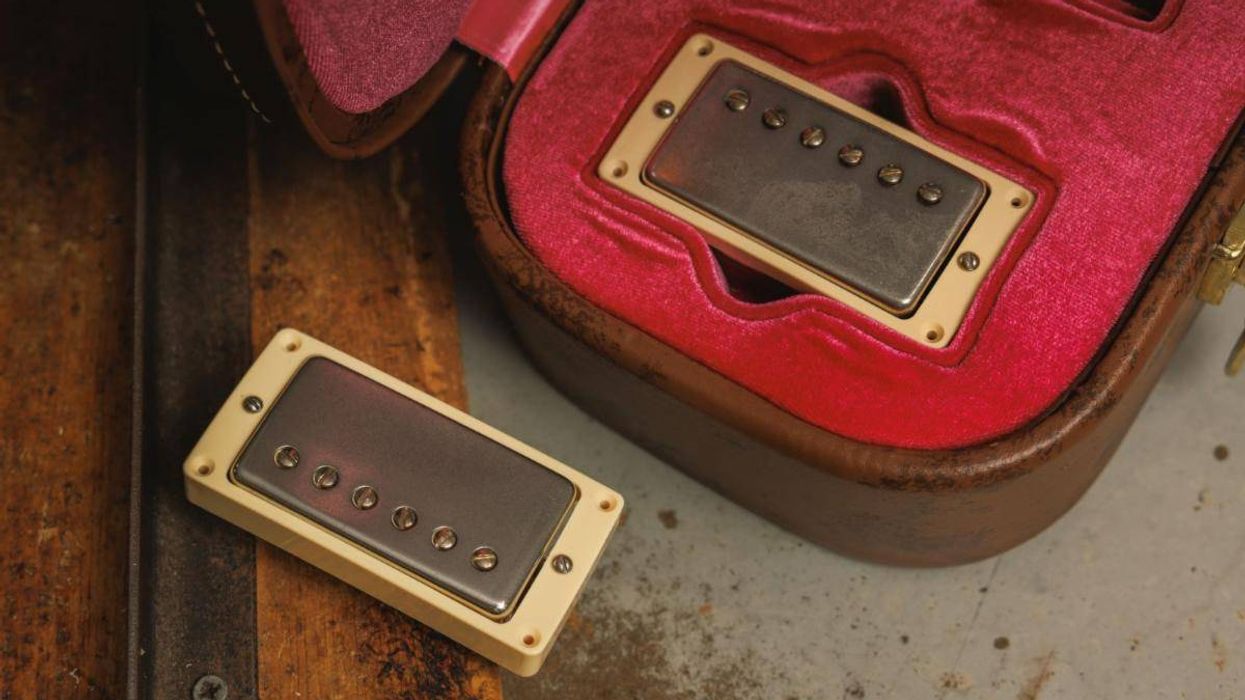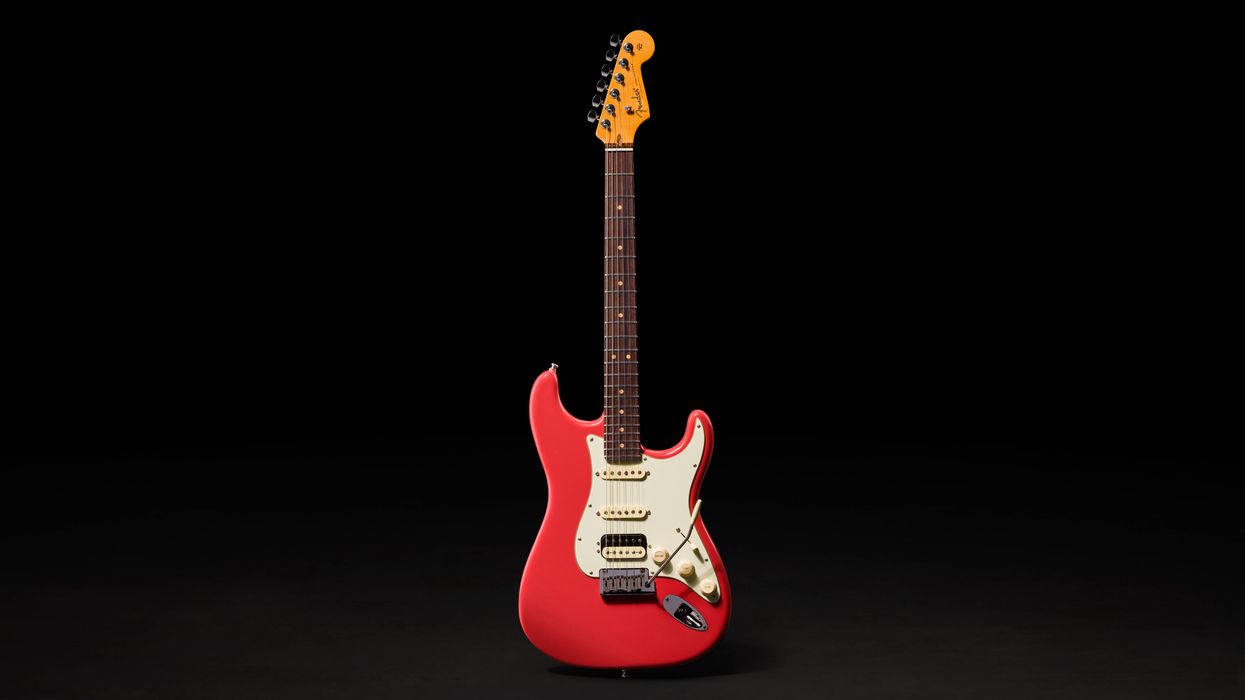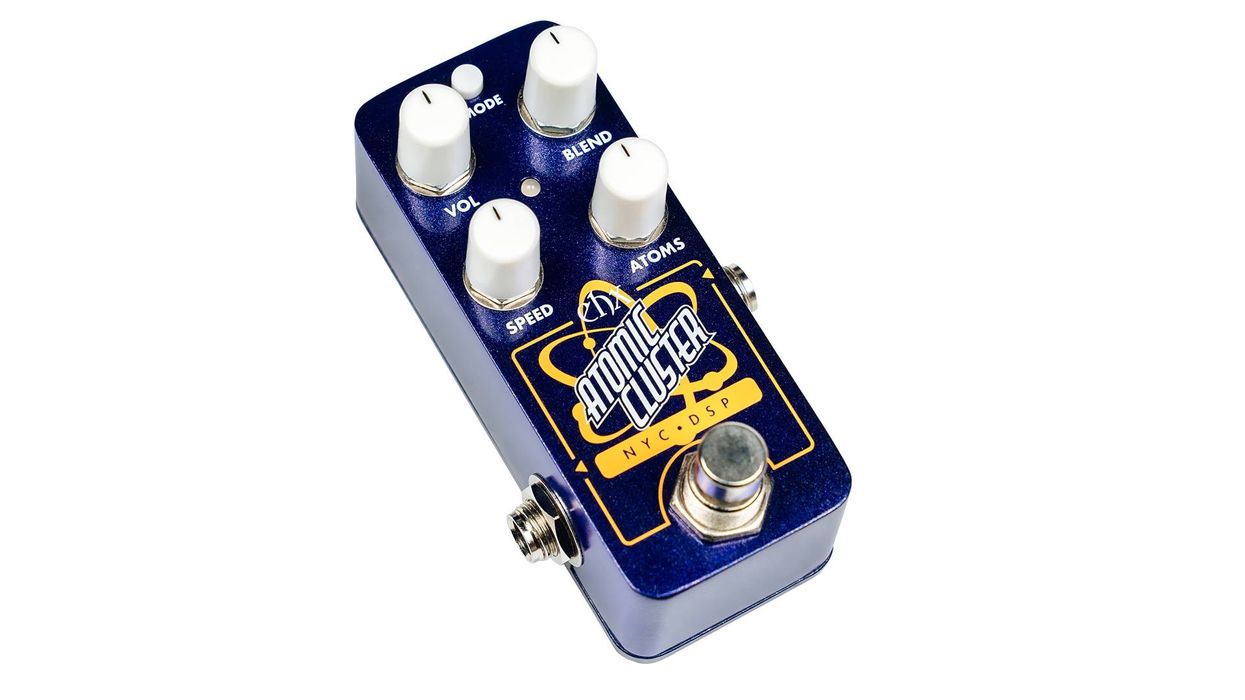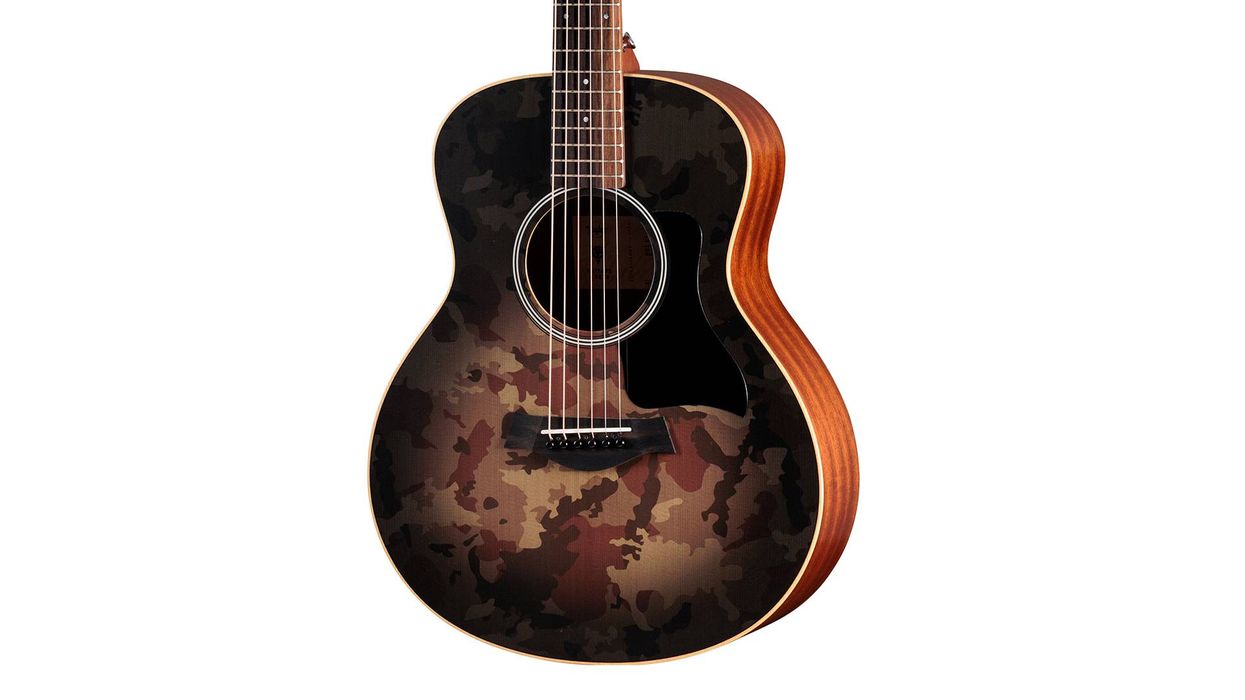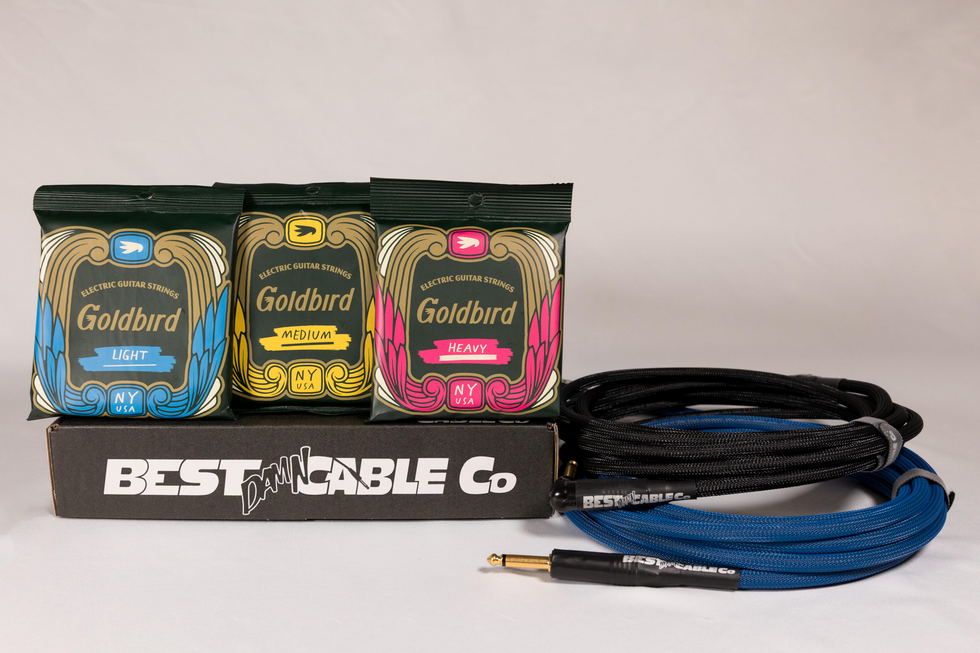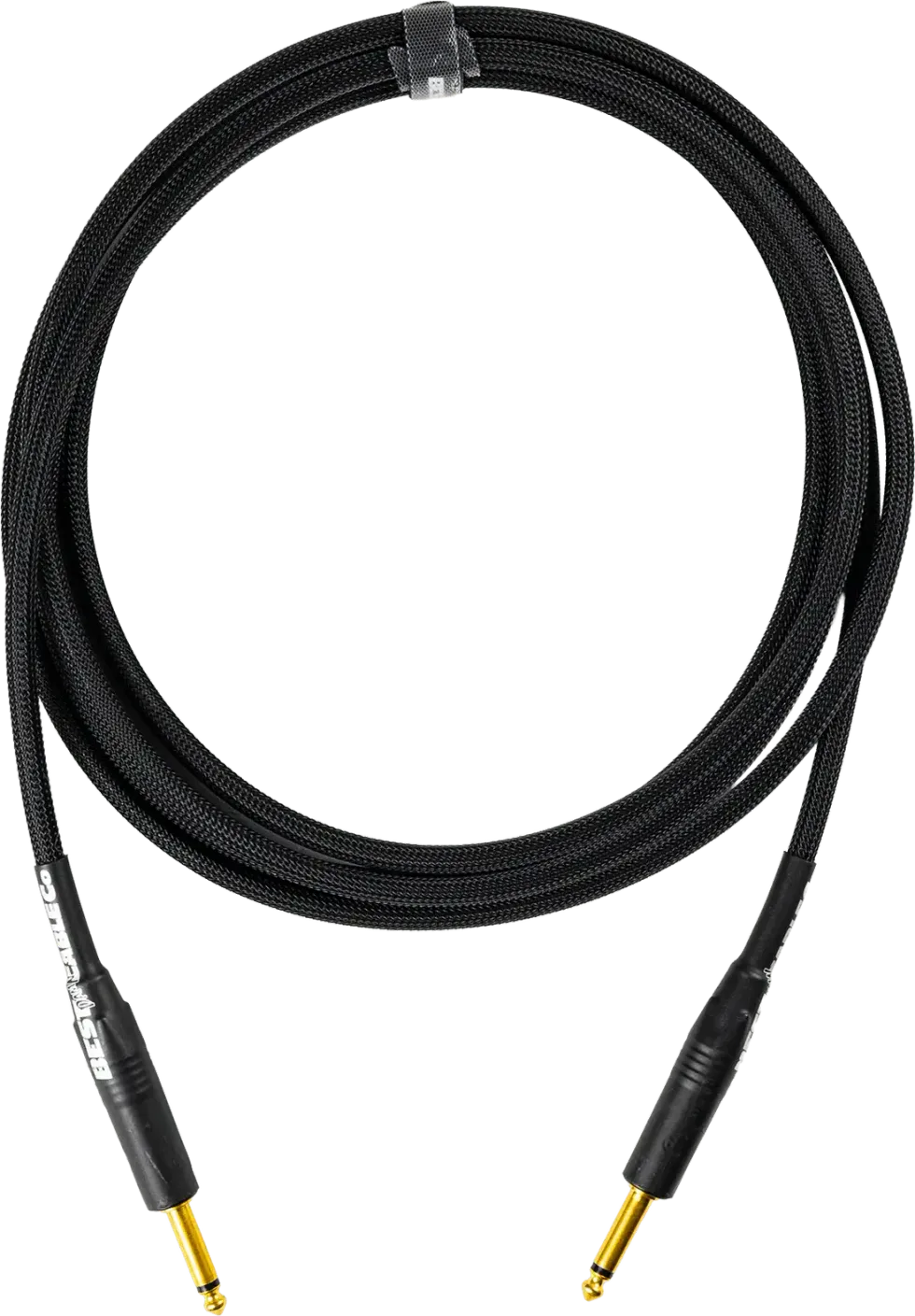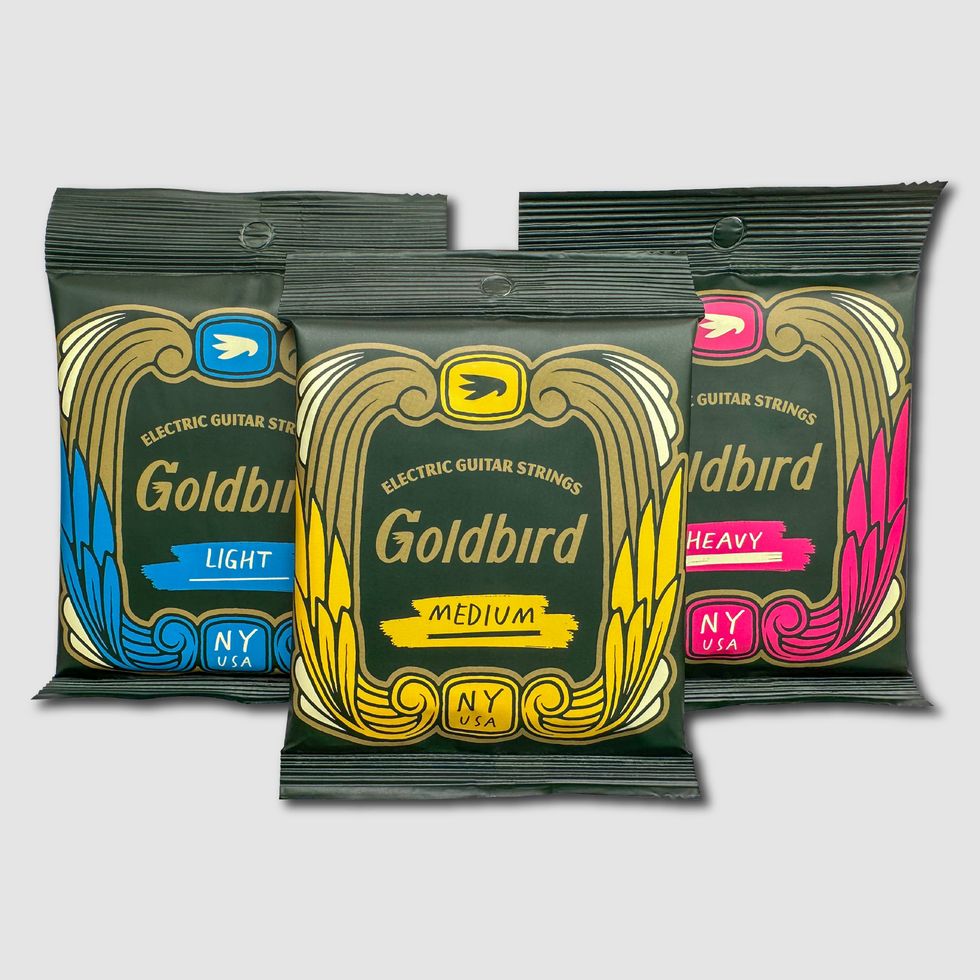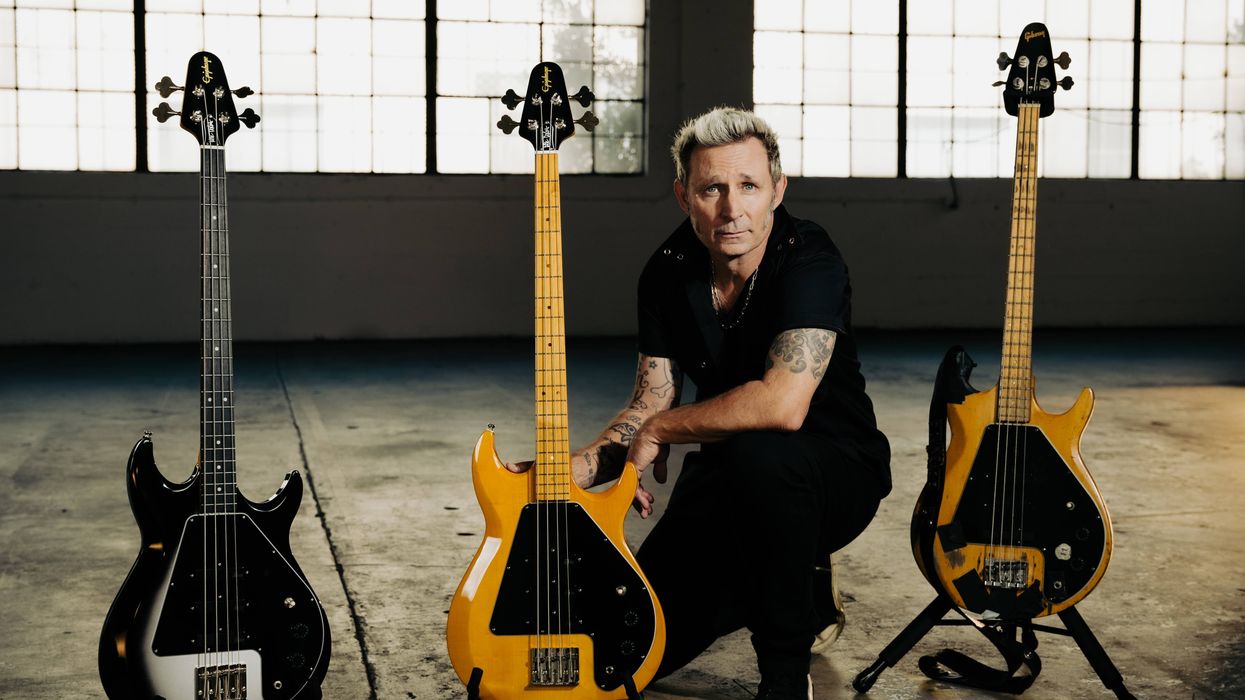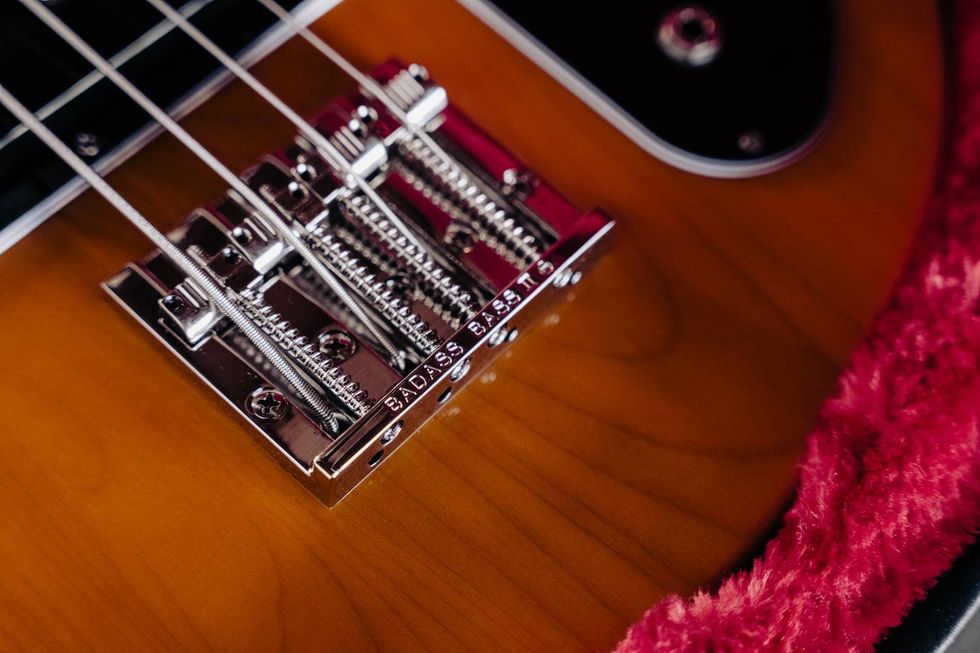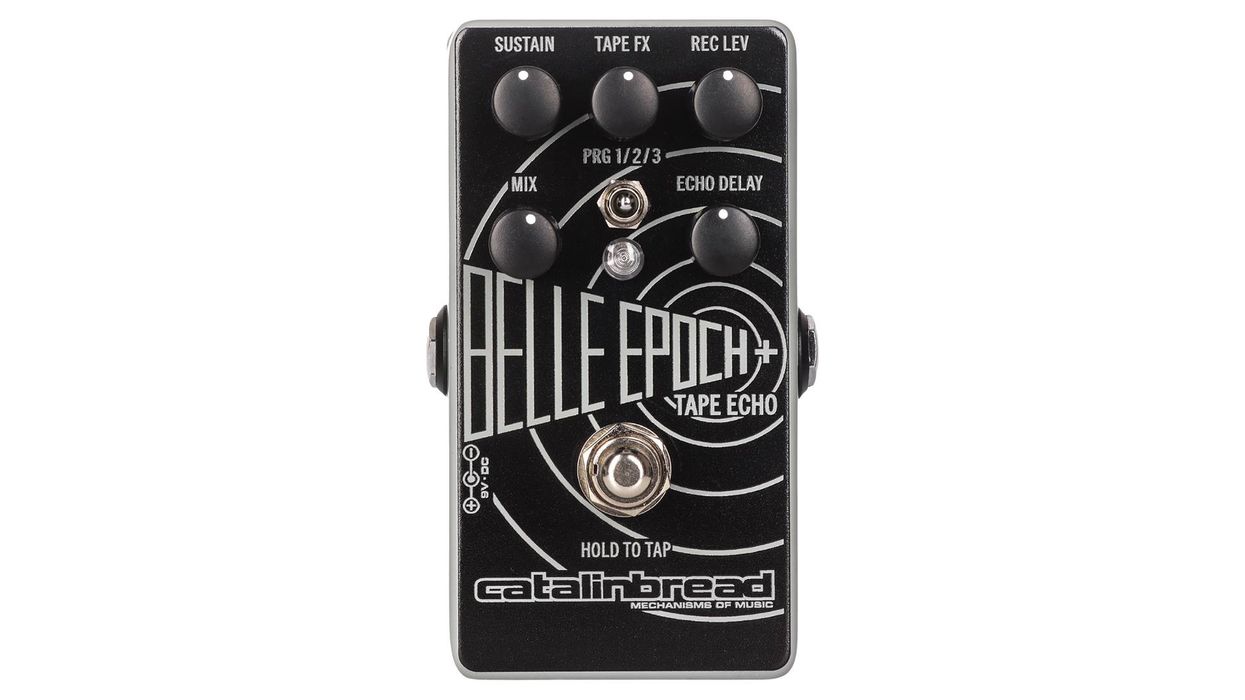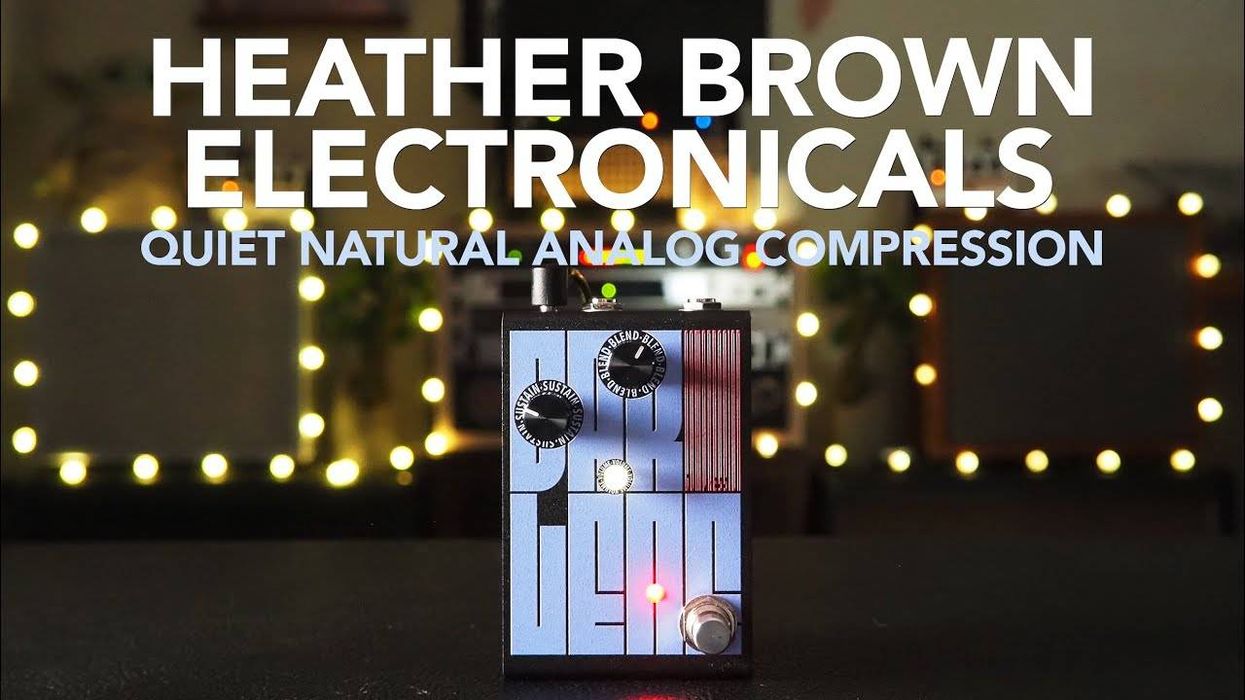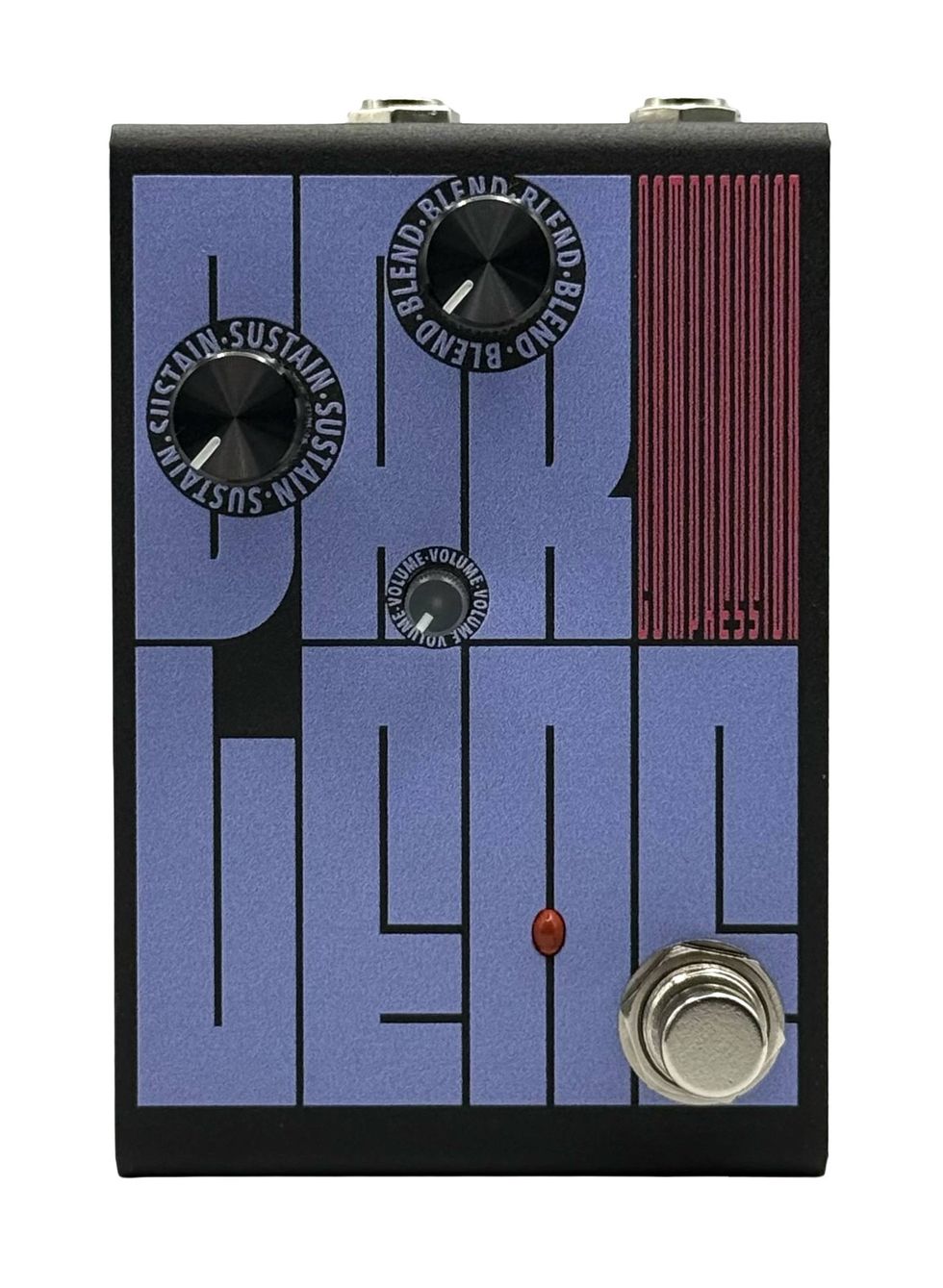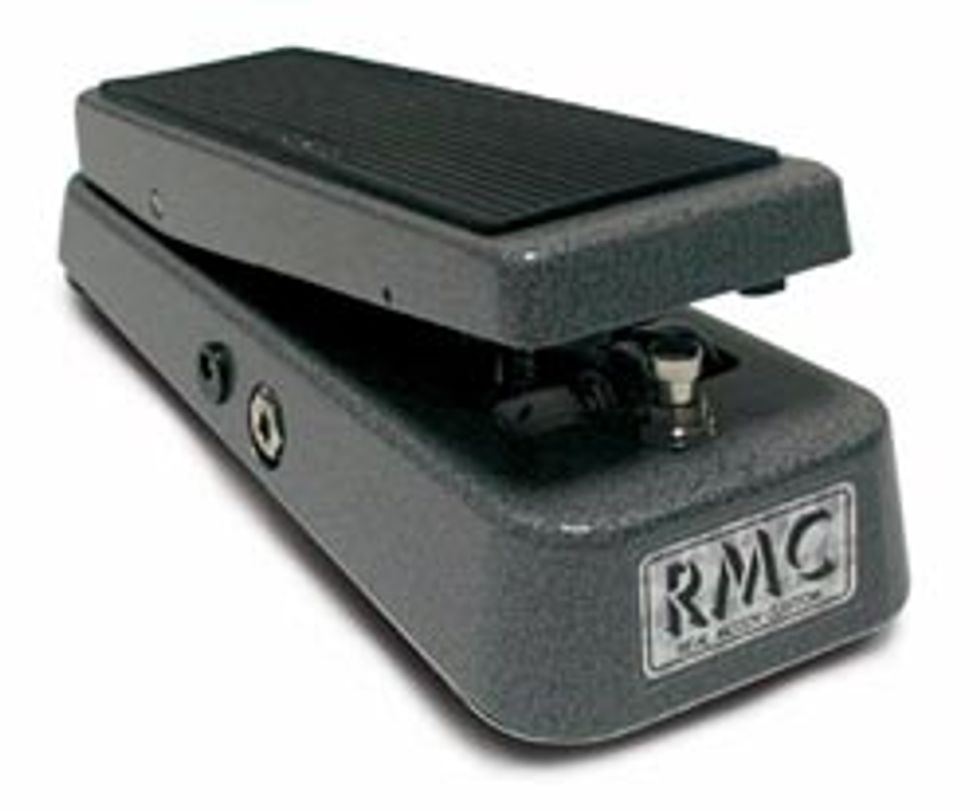 | |
|
“A buffer is basically an active device that takes your somewhat weak guitar signal and amplifies it. Usually a gain of one – or a unity gain – is used so the volume does not change and your sound remains constant. Your signal is converted to a lower impedance so it can travel through long patch cords without losing its strength.
“A buffered pedal (for example a BOSS or Ibanez pedal that is turned off) will allow a good tone to make it through a cheap or long patch cord. Some years ago I sold several true bypass pedals to a player with a large pedalboard. He said it sounded terrible and that one of the pedals must have a problem. When he brought the board to my shop, all the pedals checked out fine. We determined that his cheap patch cord from guitar to board was killing his tone, but he never noticed it as he had previously used a few buffered pedals. Replacing the cable solved his problem and the new pedals worked great.
“There are various opinions regarding the use of a buffer in a signal chain. Some seemingly opposing opinions are given by authorities who certainly can’t be wrong, as their clients have awesome tone. Using a true bypass remote switching system or a full pedalboard of boutique pedals is one extreme, while a board full of BOSS and Ibanez pedals or a switching system with buffers on each switch is the other extreme. My belief is that buffers can be used, and should be used in some cases, but the number of buffers in your signal path should be minimized.
“A buffer is often used as the first device in a board to get the signal from your guitar into good shape early on. But this is a problem if you’re using a vintage pedal like a Fuzz Face. A germanium Fuzz Face needs to interact directly with your pickups for the magic clean-up effect to occur when you roll your volume knob down – the pickup and volume knob actually become part of the fuzz circuit. Other pedals like a germanium treble booster or Rangemaster-type pedal will sound bad if there are any buffers before them – they get bright and nasty sounding. If you have one of these pedals, put it early in your effects chain before any signal buffers or buffered pedals.
“Most players using a wah pedal prefer to place it before a fuzz in their signal chain, but a vintage wah will not behave well with a fuzz – losing its tone and sweep. Adding a buffer inside the wah will allow it to function better with the fuzz when the wah is on. Turning off the wah – with true bypass – kills the buffer so it will also work well when it’s off. Foxrox Electronics makes a wah retrofit kit, which can be added to most vintage-style or boutique wahs. Teese RMC wahs now include this ‘fuzz friendly’ buffer circuitry.
“The reason I do not like too many buffers in the signal path is that the tone changes are additive. Each one will slightly change your tone and can reduce the interaction and liveliness of your guitar strings. Even though the tone coming out of a good buffer may be very nice, passing it through multiple copies can make it a bit sour. For example, a particular buffer may have a frequency response with a nice little peak at 700Hz, but after five of these buffers the peak will be five times higher and may get annoying. Each active component also generates noise, which adds up. I have one buffer at the end of my pedalboard (a delay pedal with a nice buffered bypass) to send the signal to my amp on the rare occasion that I have no other pedals turned on. When something like an overdrive or distortion pedal is on, your signal is beefed up strong enough that no buffers are needed afterwards and a direct connection to the amp cannot be beat.
“As always, there are many variables, so it is best to do some trial and error testing with your personal rig to find the best sequence of pedals and buffers for your specific setup. If it sounds good, so should you.”
Thanks Mike! Well, that’s a wrap for now. Check back with us next month for another exciting installment of “Stomp School.” Until then, keep on stompin’!
Tom Hughes
(a.k.a. Analog Tom) is the owner and proprietor of For Musicians Only (formusiciansonly.com) and author of Analog Man’s Guide To Vintage Effects. For Musicians Only is also the home of the FMO Gear Shop. Questions or comments about this article can be sent to: stompschool@formusiciansonly.com
Analog Man
(analogman.com) is one of the largest boutique effects manufacturers and retailers in the business, established by “Analog” Mike Piera in 1993. Mike can be reached at AnalogMike@aol.com

